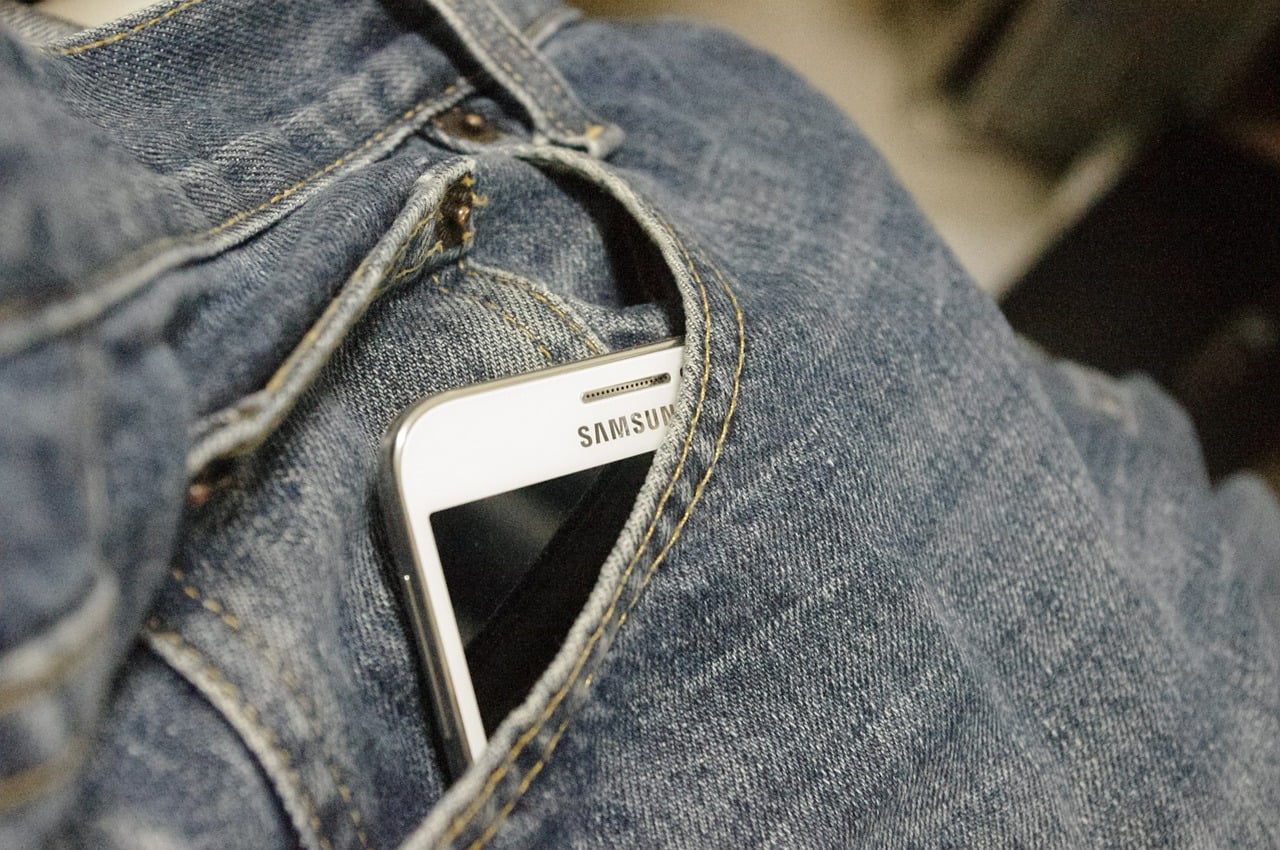It has become the norm in the smartphone world that after every major release, reports start filling the Internet with rumors about its successor. The same is true with the Galaxy S10 successor, the Galaxy S11. However, one trusted tipster has gone a step further and triggered talk about the Samsung Galaxy S12.
According to tipster Evan Blass, the Korean firm is planning to use a new battery technology, either by the end of next year or by early 2021. If the claims are accurate, then this new battery tech will be ready to use in the Samsung Galaxy S12. Samsung’s S-series debuts early in the year, while the Note series hits store shelves around August.
“Lithium-ion batteries are…suboptimal. Samsung is hoping to have at least one handset either next year or in 2021, I’m told, which will feature a graphene battery instead,” the tipster said.
Another likely contender that may get this new battery tech first is the Galaxy A smartphone. Samsung has previously used the affordable range as a test bed for new technologies before incorporating them in its popular S and Note series. For instance, the Korean firm introduced the pop-up back camera panel in the Galaxy A80.
Samsung’s graphene batteries should be much more efficient than their lithium-ion counterparts which currently power all modern smartphones. It is believed that the new battery tech has the potential to bring back the battery life we had at the time of feature phones.
According to Blass, graphene batteries can reach a full charge in under half an hour. In addition to charging quickly, graphene batteries are cooler and more durable. Graphene as a material is starting to see adoption in the smartphone industry. For instance, the Huawei Mate 20 X used a graphene cooling system. However, graphene has yet to find its way into new smartphones as a battery material.
About two years ago, Samsung announced that its Advanced Institute of Technology (SAIT) had made a graphene battery. At the time, the company said its “graphene ball” technology offered 45% more capacity than conventional lithium-ion batteries and could be charged five times faster than them.
“In theory, a battery based on the ‘graphene ball’ material requires only 12 minutes to fully charge. Additionally, the battery can maintain a highly stable 60 degree Celsius temperature, with stable battery temperatures particularly key for electric vehicles,” the press release said.
Graphene batteries no doubt are superior to lithium-ion batteries, but they are not ready for mass production yet. Blass also noted a similar thing, saying that Samsung still needs to “raise capacities while lowering costs.”
The use of new battery tech may not be the only innovation that Samsung could bring with the Galaxy S12. If reports are to be believed, the company may dramatically increase the performance and efficiency of its future phones due to better tech used in its homegrown Exynos processors.
Currently, most chips in high-end phones are fabricated at a 7nm process using the FinFET process. However, Samsung has managed to transfer the process to 5nm, and the processors based on this process are expected to arrive with the Galaxy S11 next year.
The Korean firm reportedly has also developed a technology called GAA (gate all around) to shift the fabrication to 3nm. The technology will result in the die size of a chip fabricated on the 7nm node being reduced by 45%, efficiency gains of up to 50%, and performance gains of at least 35%.
“Samsung is ahead of TSMC in GAA by probably 12 months,” the CEO of consulting firm International Business Strategies, Handel Jones, told CNET. “Intel is probably two to three years behind Samsung.”
In addition to performance and efficiency gains, the new processors could help Samsung shrink the thickness of the device as well. Such technology could prove very useful for the Galaxy Fold successor by making the phone less bulky. Samsung would even have the option to keep the thickness at the current level but avoid camera bumps and boost the battery life.
Samsung currently uses two chips for its Galaxy S10 based on the region: Exynos 9820 (8nm FinFET process) and Qualcomm Snapdragon 855 (7nm FinFET process). Samsung’s Exynos chips fabricated at 3nm are expected to enter production in 2021. This means they could be ready for the Samsung Galaxy S12, which may hit shelves in the first quarter of 2021. Moreover, higher-performance chips based on the 3nm process, such as graphics processors and AI chips for data centers, could arrive by 2022.





